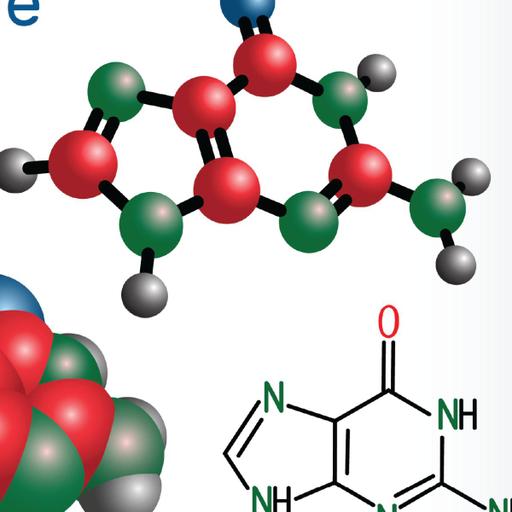Nucleic Acids
Presentations | English
Nucleic acid is an important class of macromolecules found in all cells and viruses. The functions of nucleic acids have to do with the storage and expression of genetic information. Deoxyribonucleic acid (DNA) encodes the information the cell needs to make proteins. Nucleic acids, deoxyribonucleic acid (DNA) and ribonucleic acid (RNA), carry genetic information which is read in cells to make the RNA and proteins by which living things function. The well-known structure of the DNA double helix allows this information to be copied and passed on to the next generation. Both DNA and RNA are made from nucleotides, each containing a five-carbon sugar backbone, a phosphate group, and a nitrogen base. The sequence of nitrogen bases (A, T, C, G) in DNA is what forms an organism’s traits. The nucleic acids, DNA and RNA, are required for the storage and expression of genetic information. Because they are formed in the body, nucleic acids are not essential nutrients. Dietary sources are plant and animal foods like meat, certain vegetables and alcohol.

31.00
Lumens
PPTX (124 Slides)
Nucleic Acids
Presentations | English
